Discover the complex of 10,000 ancient tombs in North Korea recognized as a World Cultural Heritage
Thursday, February 22, 2024 16:00 PM (GMT+7)
The Koguryo Tombs of Korea are recognized as a World Cultural Heritage by the United Nations Educational, Scientific and Cultural Organization (UNESCO).
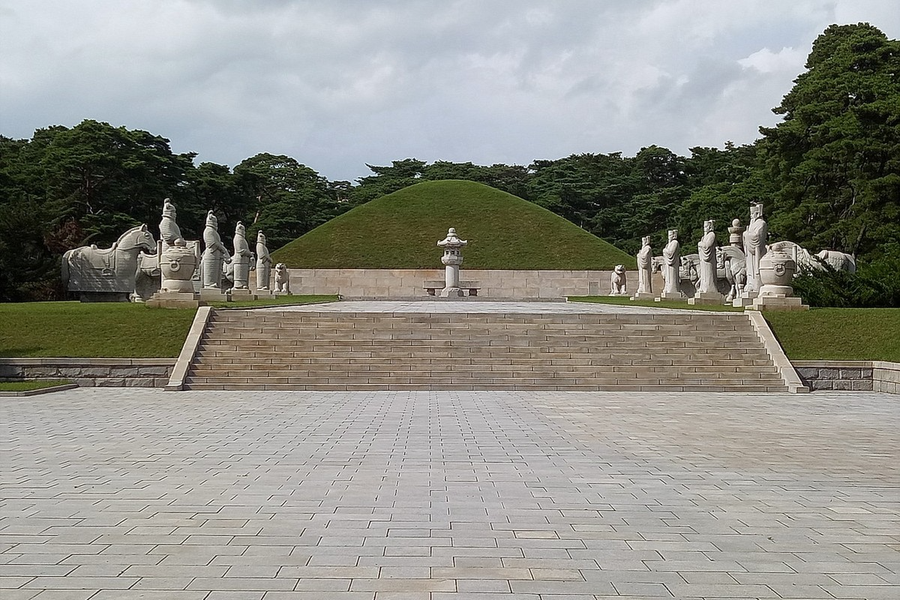
Spread across many areas of the capital Pyongyang and Nampo province, DPRK, the Koguryo Tomb Complex is one of the largest ancient tomb complexes in the world.
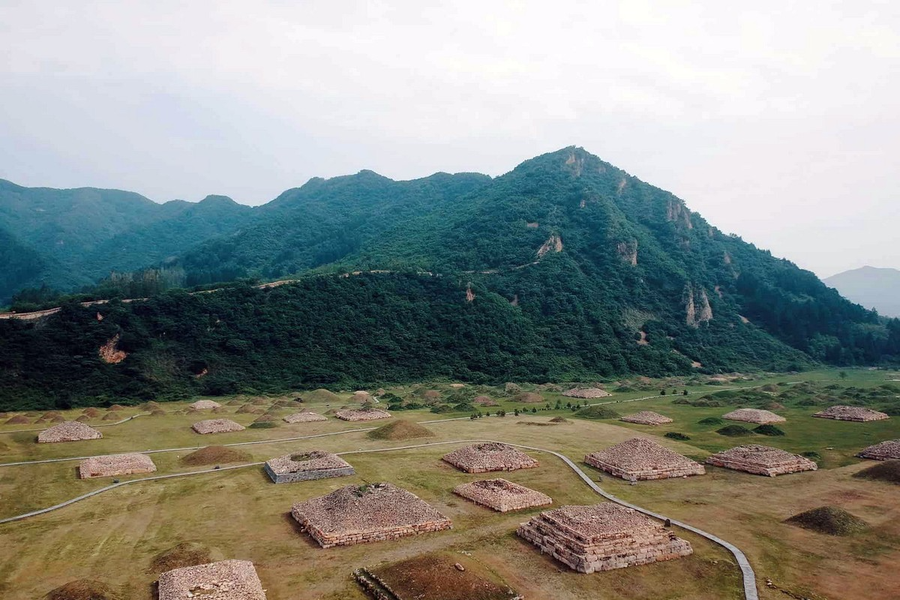
This tomb system was built during the Koguryo (or Goguryeo) dynasty - the most powerful kingdom in northeastern China and the Korean Peninsula from the 5th to 7th centuries.

This is a complex of about 10,000 tombs built with unique stone stacking techniques, the resting place of kings, queens, royalty and nobles of the Koguryo kingdom.
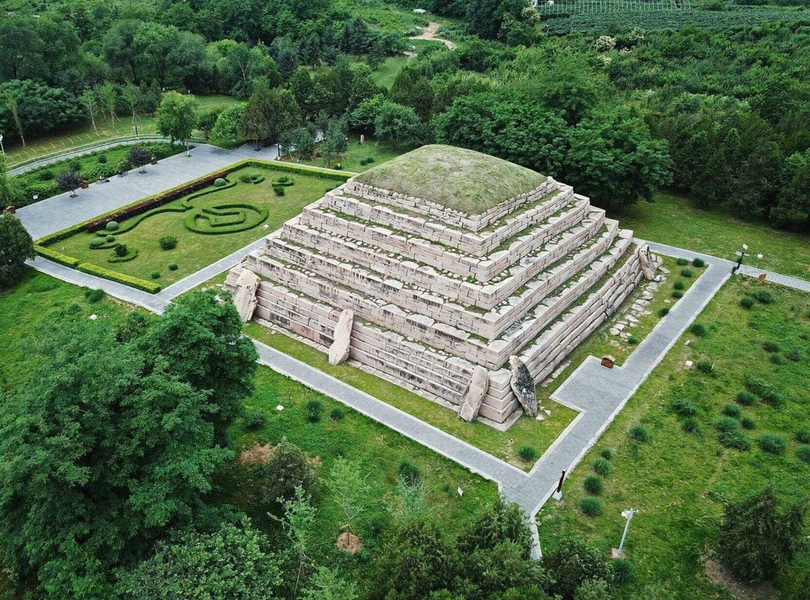
The ancients skillfully carved and polished the stones so that they could be stacked on top of each other, creating long-term durability. The ceiling design is also extremely impressive with the clever arrangement of the stone slabs so that the weight is evenly distributed.
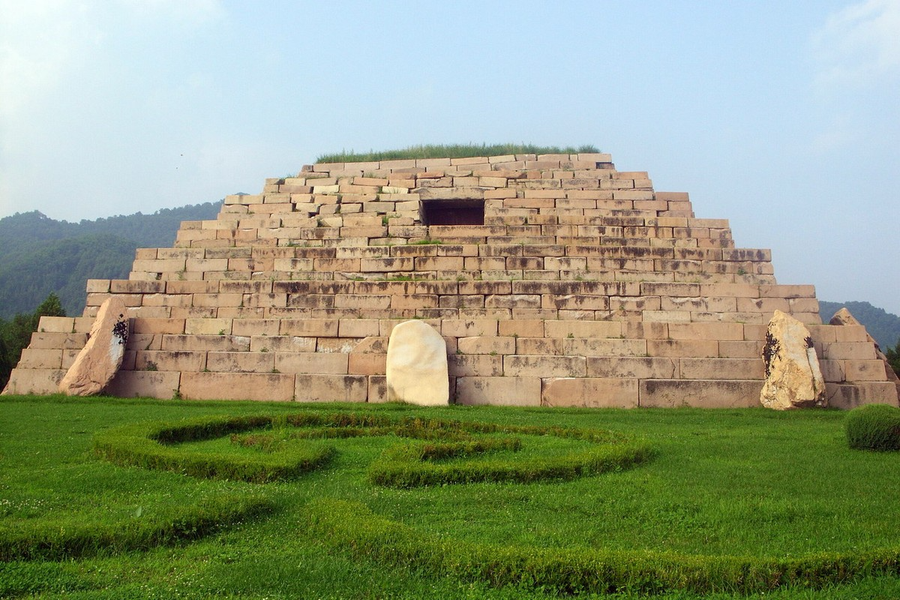
The tombs have a variety of structures. Small tombs are divided into one or two chambers, while large tombs are built into many equal rooms, the scale of which resembles an underground mansion.
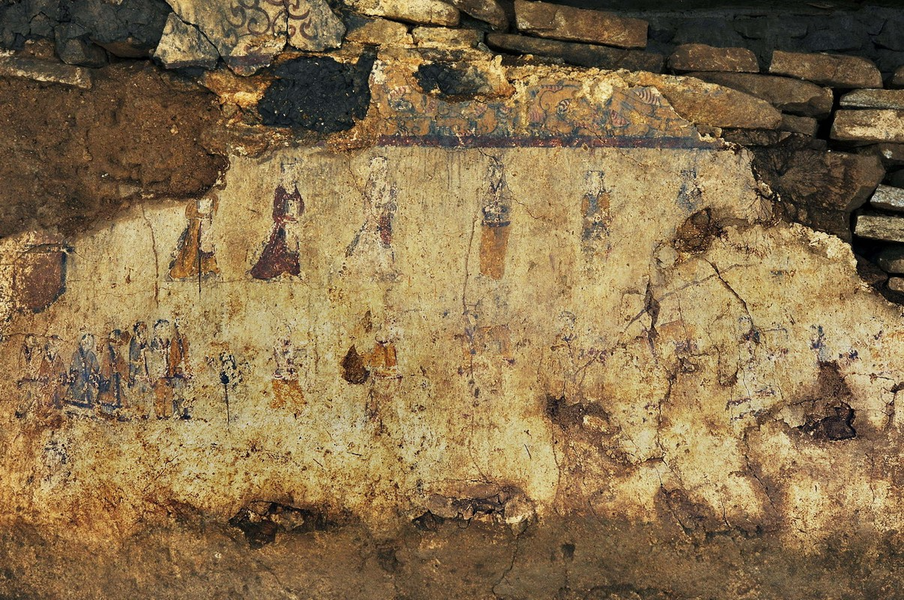
In particular, about 90 tombs are decorated with beautiful murals. The content of these murals depicts the life and beliefs of the Goguryeo people.
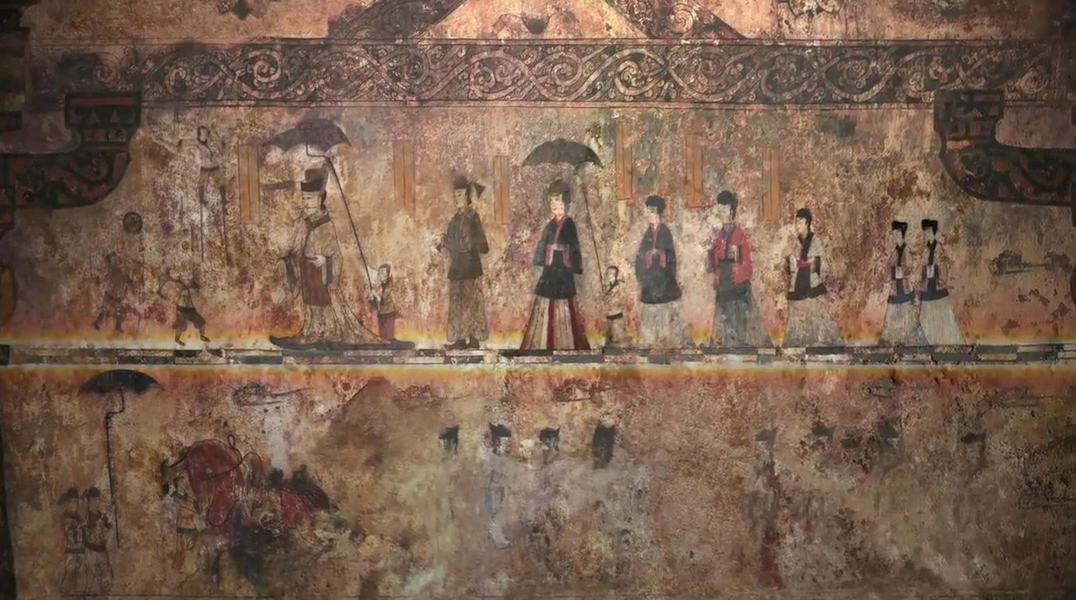
The paintings depict costumes, cuisine , people's lives and burial customs, religious practices and the four traditional gods. Some paintings bear Buddhist and Taoist influences.
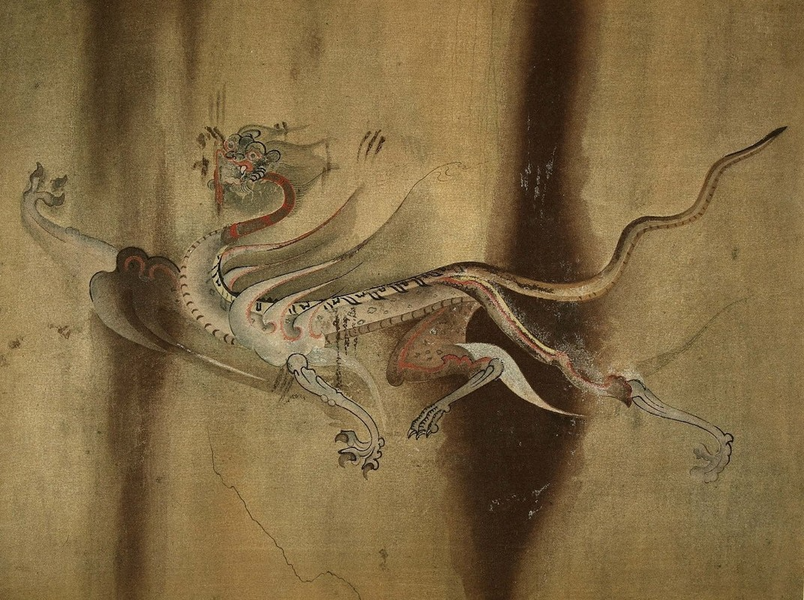
Researchers believe that the paintings in Koguryo tombs had a great influence on the art of East Asian countries.
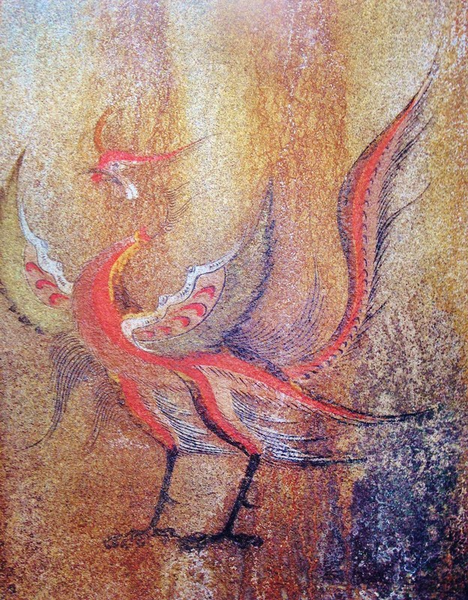
Despite thousands of years of existence, many paintings are still intact in both lines and colors, and are considered ancient masterpieces of human painting.
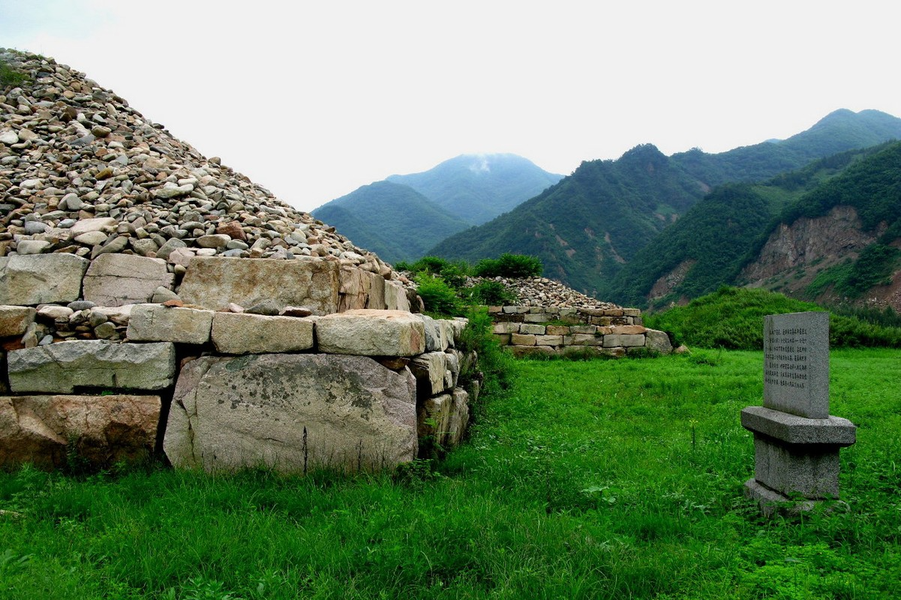
In 2004, the Koguryo Tombs of the Democratic People's Republic of Korea were recognized by UNESCO as a World Cultural Heritage.
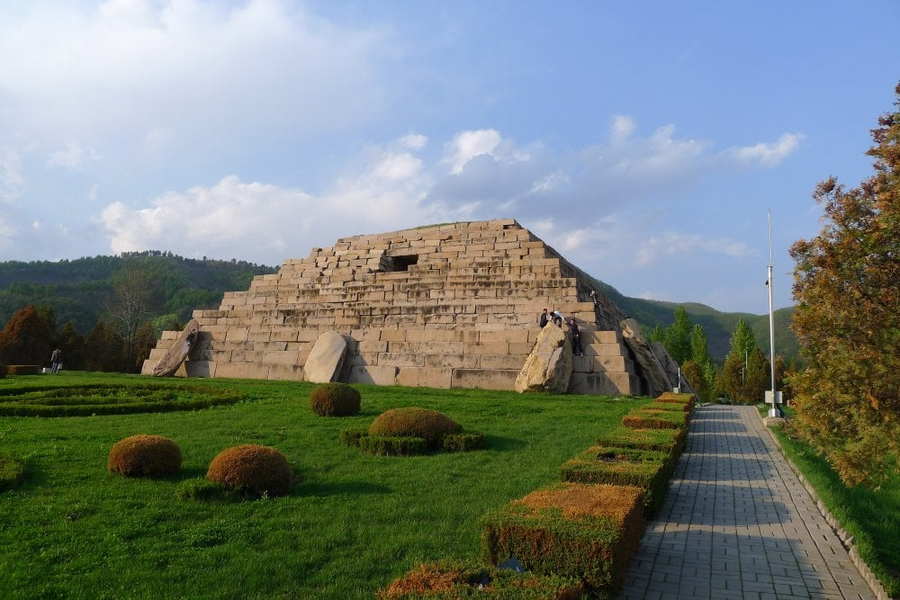
The complex is the burial place of kings, queens and members of the royal family. Unique paintings found in the tombs provide a unique look into daily life during the Goguryeo period.
PV (According to ANTĐ)
Source


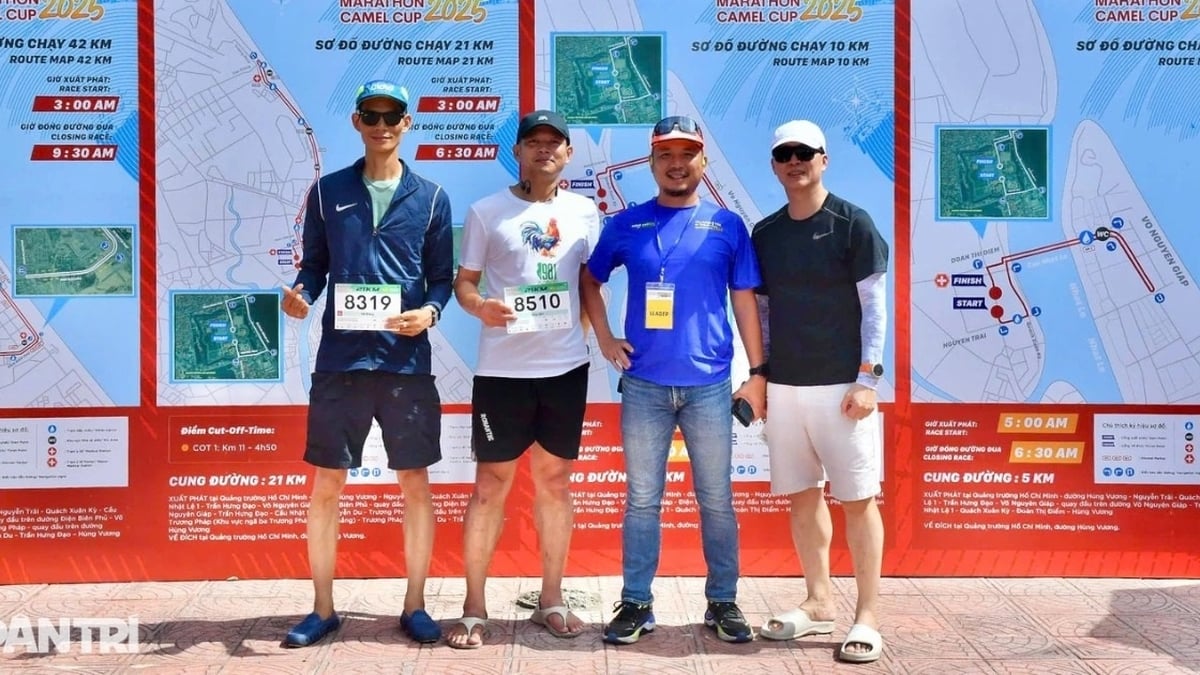
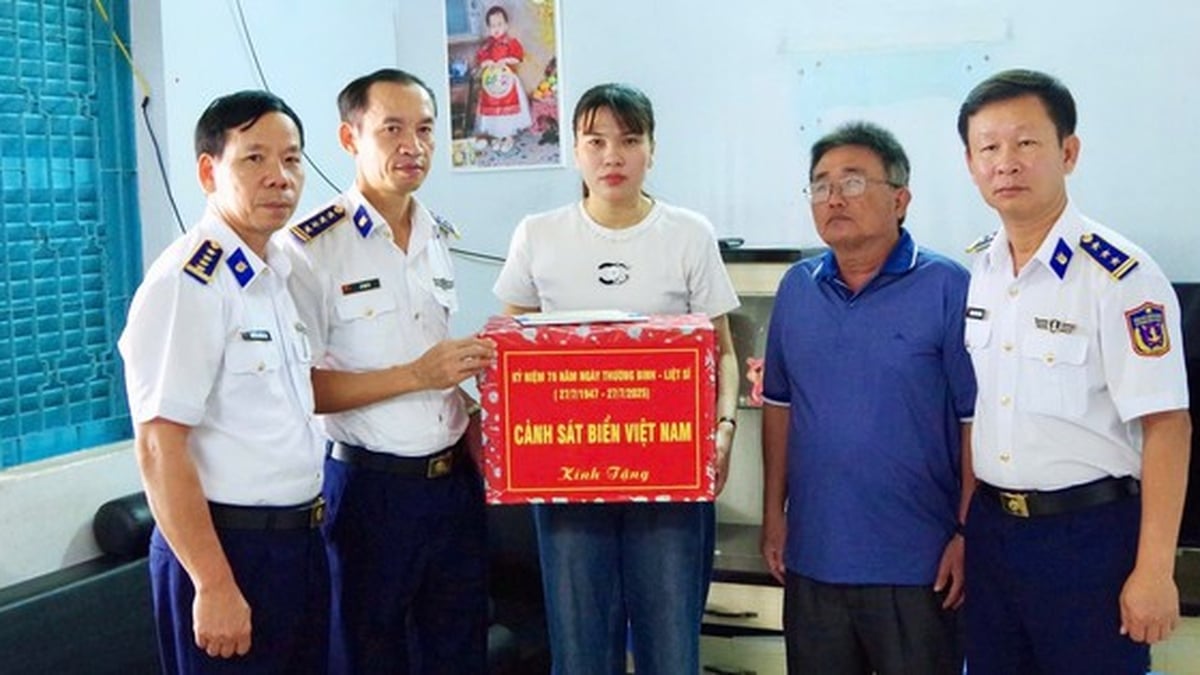
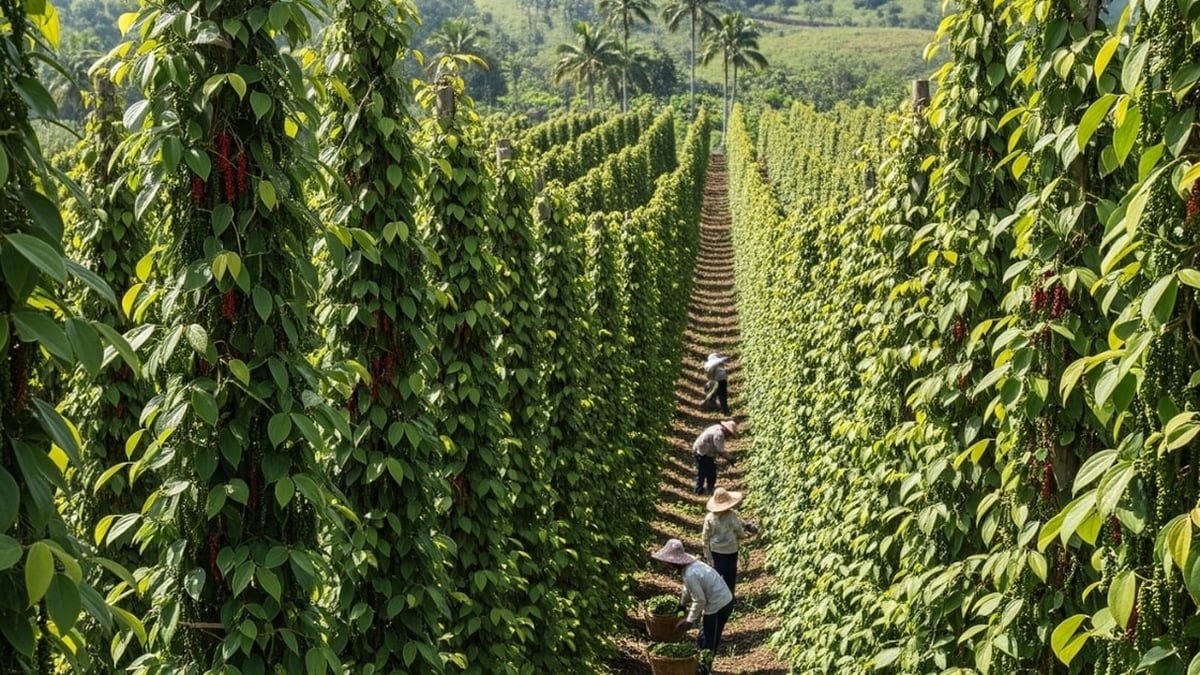
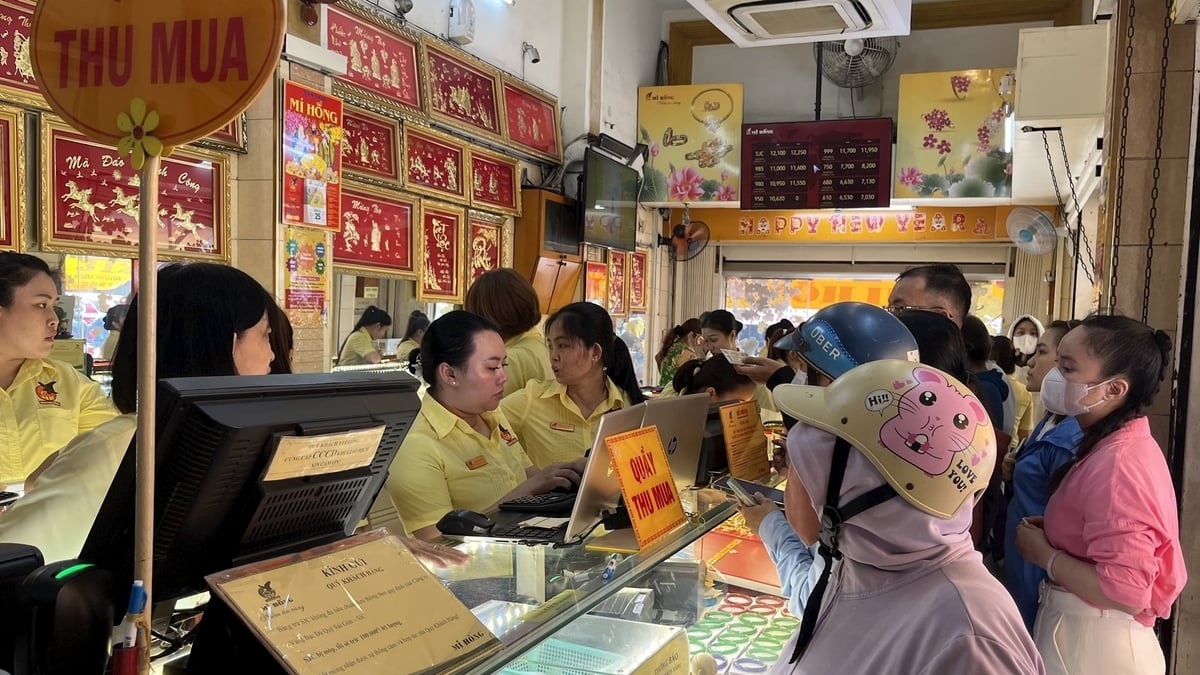
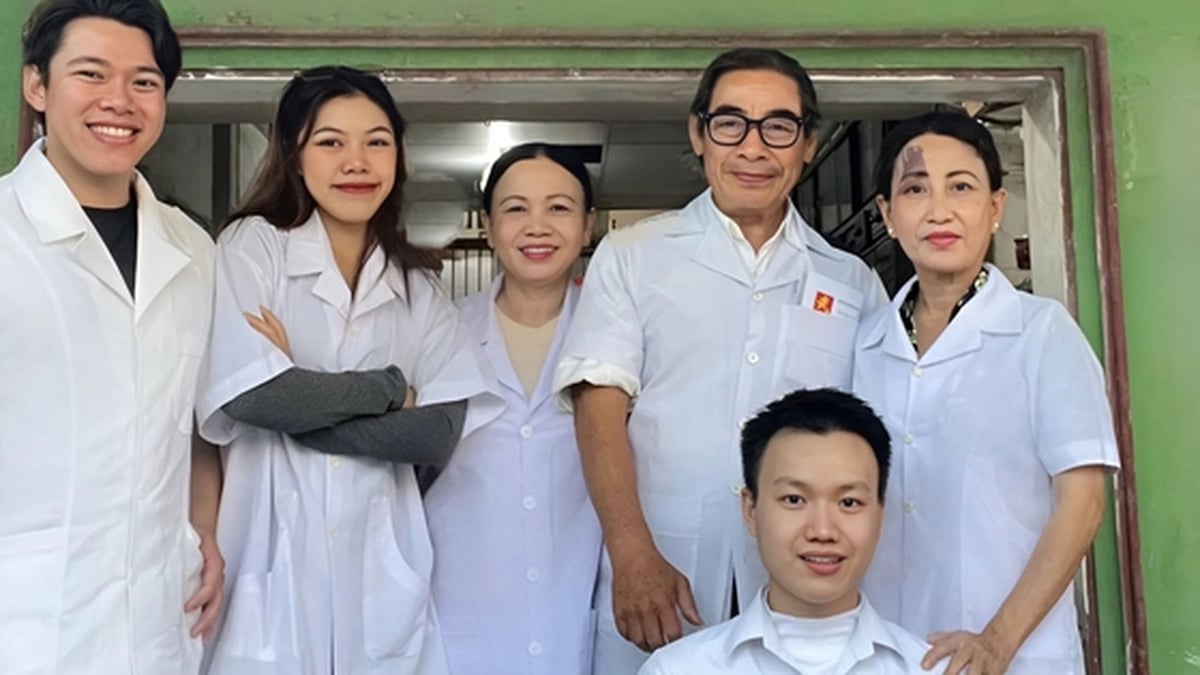


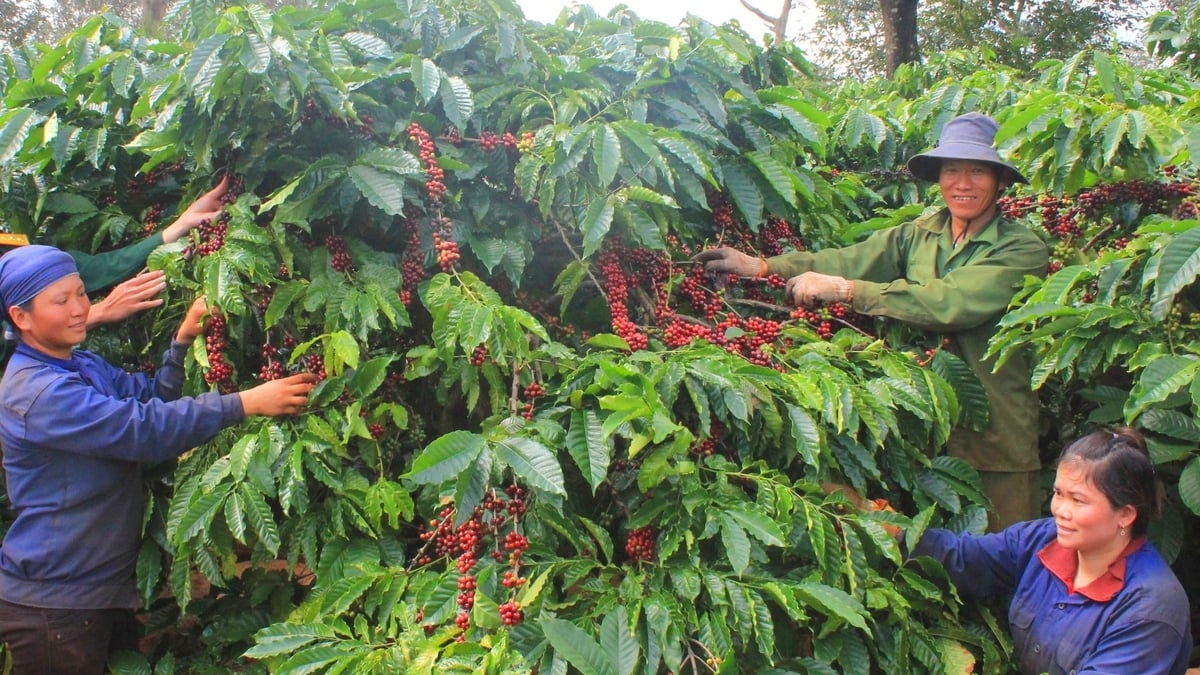
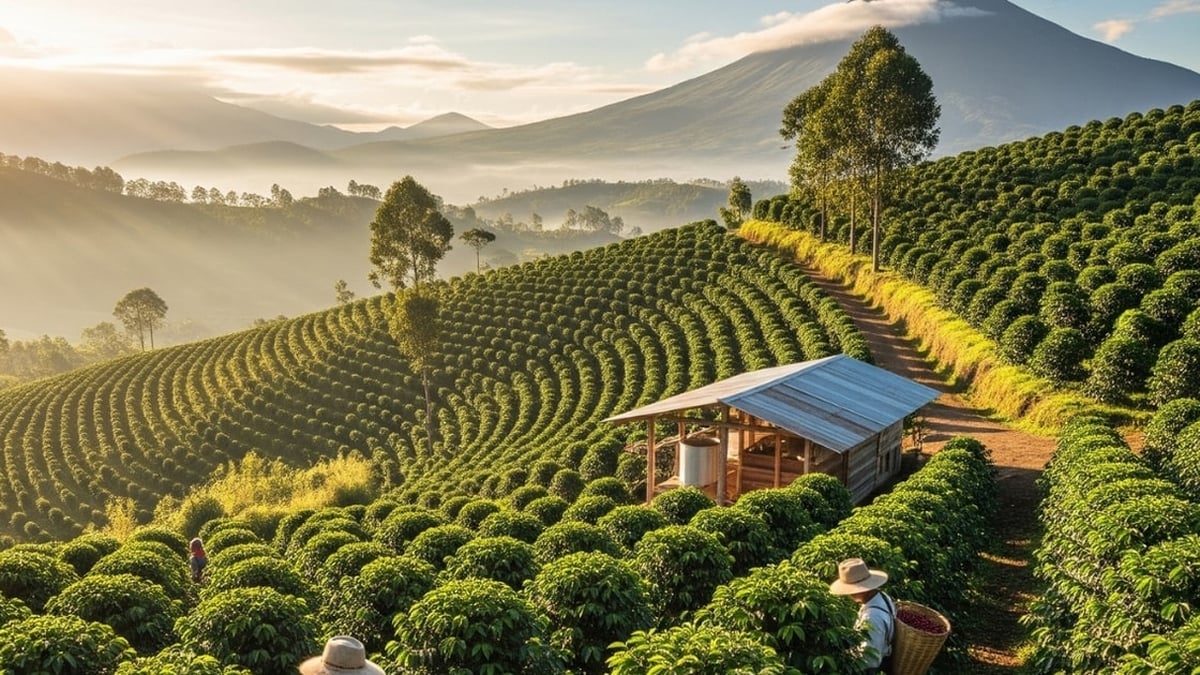























































































Comment (0)